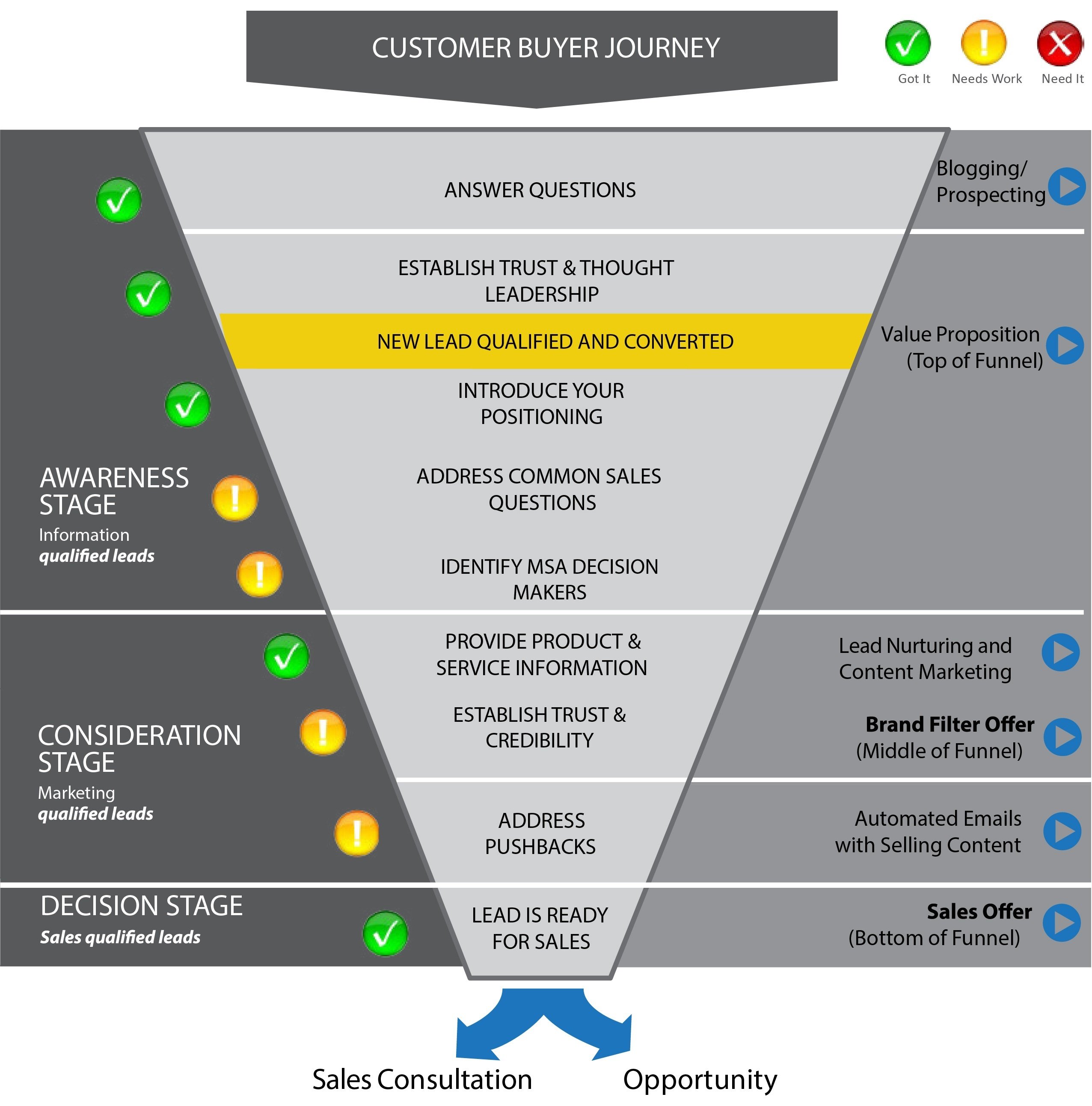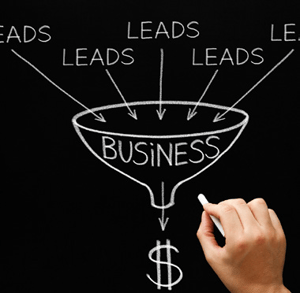1 min read
Most Staffing Firms are Not Built to Scale, But to Survive
Most staffing firms don’t struggle to scale because their teams aren’t working hard. They struggle because they don’t have a real go-to-market...

“How’s your sales pipeline looking?” “Are you ready for the pipeline review meeting?” “What did you add to your sales pipeline this week?” 
Sound familiar? All this talk about sales pipeline, but what does it really mean and why is it so pivotal to sales success? I'm going to answer those questions and more in this post, your guide to understanding the sales pipeline.
Sales Pipeline vs. Sales Forecast vs. Sales Process
Your sales pipeline refers to the name of the prospects, deal details, deal value(s), expected sales volume, approximate closing date, and win probability percentage for your active deals or opportunities currently and actively being worked.
A sales forecast is prepared and derived from the sales pipeline.
Your sales process is a systematic series of repeatable actions or steps intended to achieve a result. When followed, these steps lead to predictable and expected outcomes. Your sales process defines the steps that a sales rep and the buyer need to take to complete the purchasing process.
Sales Pipeline vs. Sales Forecast
Many folks often confuse the sales forecast with the sales pipeline. Your sales pipeline highlights every active deal or opportunity a sales person is pursuing regardless of the age of the opportunity and anticipated close date. A sales forecast on the other hand is simply an estimate of which of those opportunities are expected to close within a specified time frame.
Sales reps (should) use their sales pipeline to keep track of and update their opportunities. The specific definitions for each stage should be prompting the rep with the corresponding actions they need to act on in order to compel their prospect to complete the next step in their buying journey or purchasing process. This is where sales pipeline coaching by managers comes into play as well.
A sales forecast on the other hand highlights how accurately you can predict sales results. Your sales forecast reflects how accurately sales leaders and sales reps are tracking against their sales goals or sales quota and indicates how well a sales reps truly understands their customers and their opportunities. The sales forecast allows sales organizations to prepare accordingly. For example, if your sales forecast anticipates you’re going to miss your quota, then it is telling you that you probably need to increase your sales activity by either adding additional opportunities to the top of the pipeline or move existing deals down the funnel.
Sales Pipeline vs. Sales Funnel
People-myself included and guilty as charged-often use “sales pipeline” and “sales funnel” interchangeably. But there is a difference. The metaphor “sales funnel” suggests that many of the prospects that enter the top of your pipeline will slowly drop off as you progress through the stages of the sales pipeline. This sales funnel metaphor suggests that you need 2x or 3x more prospects at the top of your pipeline as you do at the bottom.
Research has showed that top performing sales reps have an opportunities to deal ratio of 1.5x to 1 in their sales pipelines. For every deal they close they have 1.5 opportunities in their pipeline. That is what I call sales effectiveness! For IT staffing professionals however, I find it closer to 5 to 1. Before you start making assumptions about your level of sales effectiveness, I suggest you figure out what your historical sales win rate has been and work backwards from that number.
How to Build Your Sales Pipeline
The first step to building your salespeople begins with developing a buyer aligned sales process. Once you have completed this step, I suggest you study the deals that you have won and analyze on average how much time a customer needs to spend in each stage before committing to the next step. Having access to this data and possessing this level of understanding will help you identify and predict which job orders are most likely to close. Understanding this data your sales leaders and sales reps identify which job orders are mostly likely to close.
How do you define sales pipeline? Do you differentiate between sales funnel and sales pipeline? How confident are you in your ability to accurately forecast sales? Let's start a conversation in the comments section below.

1 min read
Most staffing firms don’t struggle to scale because their teams aren’t working hard. They struggle because they don’t have a real go-to-market...

In my previous post, How to Prevent Unexpected Contract Terminations, I shared how systemizing consultant and client check-ins at key milestones...

About a year ago, I was serving as the fractional revenue leader, managing sales and recruiting for a client.